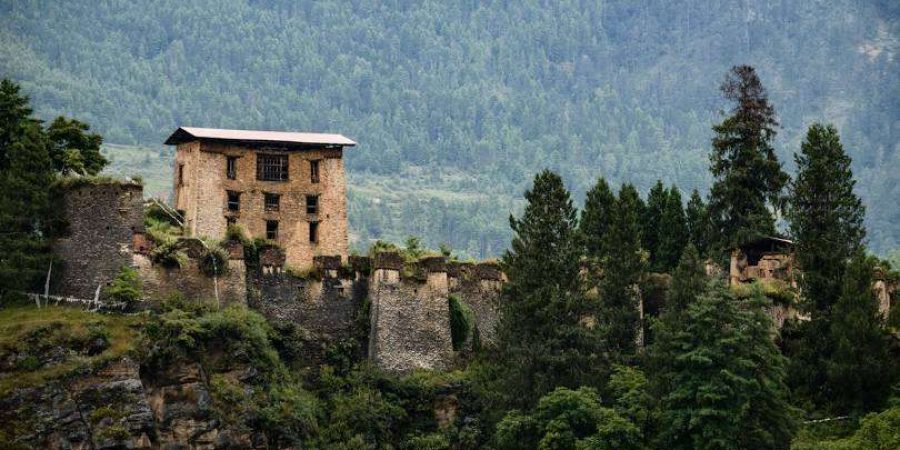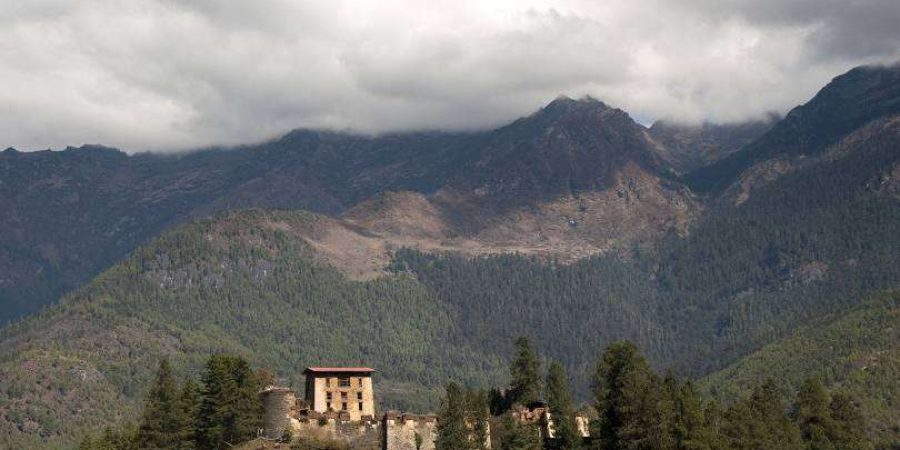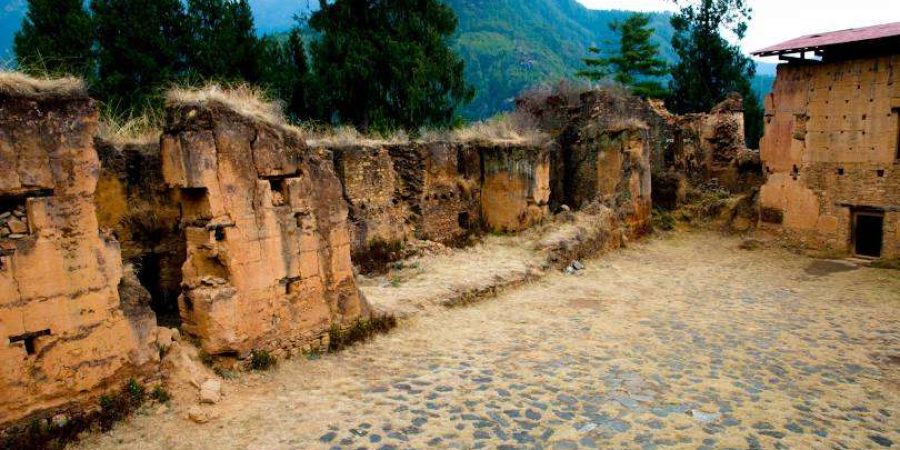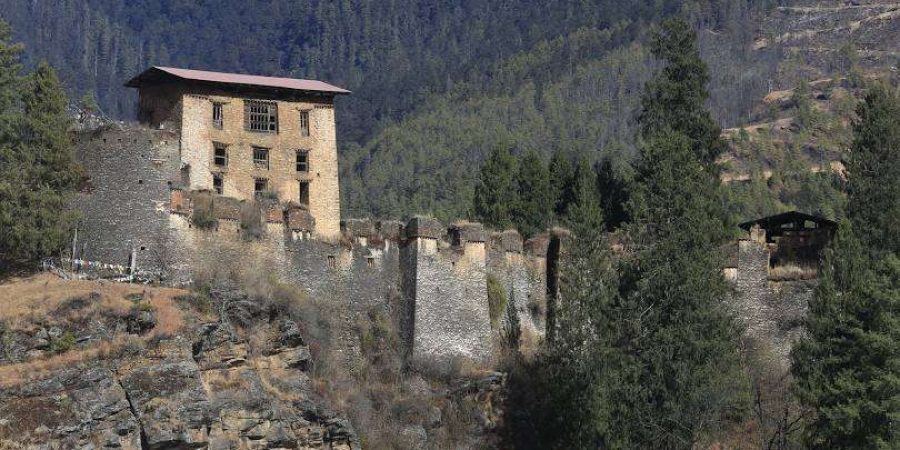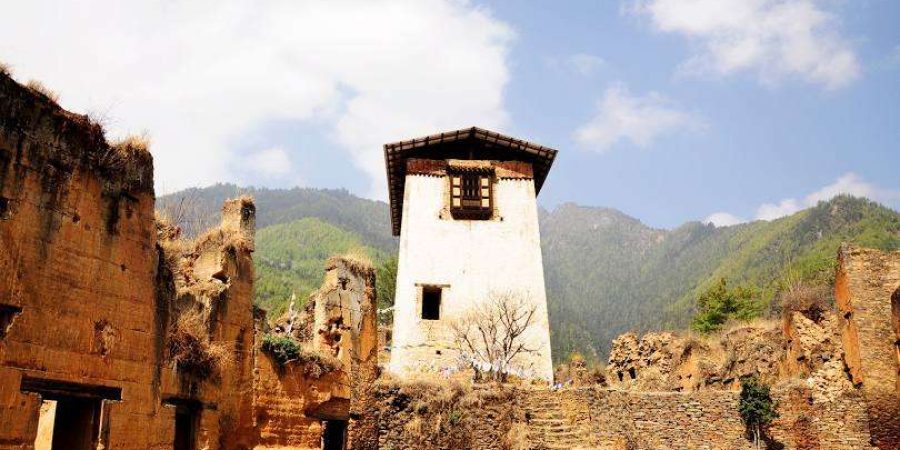Known by many as Drukgyel, Drukgyal Dzong (Dzongkha: འབྲུག་རྒྱལ་རྫོང་།) was a Buddhist monastery and castle that is now in ruins in the upper Paro District of Bhutan. At Zhabdrung Ngawang Namgyal’s request, Tenzin Drukdra constructed the dzong in 1649 to mark the defeat of a Tibetan invasion. Drukdra was Tenpia Nyima’s consort’s son. As the second Paro Penlop to rule, he gave the castle the name Drukgyal Dzong, which means “The fortress of the victorious Drukpas,” with “Drukpa” being a person in Bhutan. The local Phangdo temple, with an image of Tara as the primary object of worship, is visible nearby.
Drukgyel Dzong was nearly completely devastated by fire in the early 1950s. It is on Bhutan’s preliminary UNESCO inclusion list.
In 2016, Prime Minister Lyonchen Tshering Tobgay declared that the Dzong would be restored to its former splendor in honor of The Gyalsey’s birth as well as two other important occasions: Zhabdrung Ngawang Namgyel’s arrival in Bhutan in 1616 AD and Guru Rinpoche’s birth year. One day following the Prince’s birth, the announcement and groundbreaking ceremony were held.
The functioning of the ruins is still evident, and they are quite well conserved. Although the majority of its wooden elements, such roof beams, door and window frames, flooring, and ceilings, have vanished, the majority of the stone and rammed earth wall constructions remain intact. They demonstrate the defensive fortification functions of the Dzong during the Middle Ages.
Many of Paro’s sacred places are visible from the Dzong, including the cremation ground of Namgola, Jowo Drakegang, Bumo Pundunmagang, the sacred cliff of Chagri Tsen, Draknang Gonpa, Lomochi Gonpa, Gorinang, Tenchen Gonpa, Kichu Lakhang, and Santsam Chorten.

